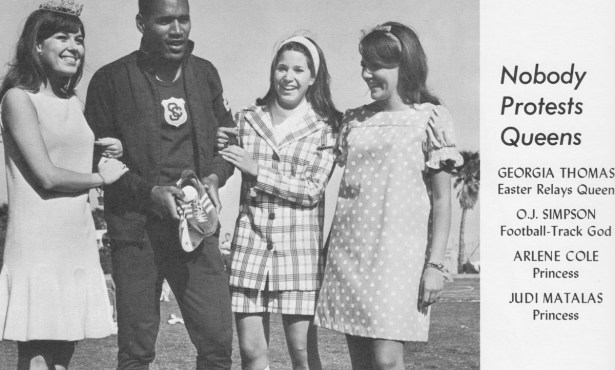Maria de los Angeles, Chumash Princess of Gaviota
Take a walk along the Gaviota Coast. Pick a few wildflowers, sit down in a meadow and meditate, look out across the ocean as seagulls fly, and dolphins play in harmony with one another. Look at the islands—such peace and serenity is a beautiful sight to behold. Those who look at Gaviota as another parcel of land to build upon, and make a fortune, what is it they feel? Money in the hand?
We must keep Gaviota as it once was, and still is. Gaviota must be for the use and enjoyment of everybody, rather than for the exclusive use of millionaire investors who plan to build luxurious homes that only millionaires can afford.
Read to your grandchildren about what there once was in Gaviota, documented in rare and out of print books still in circulation at public libraries. Consider yourself living in the past: The year is 1784, June, just an ordinary day, a peaceful day of fishing and hunting with game galore. Chumash Indians dwelling in Gaviota are going about their business. Their home life built is built on trust and respect for one another. There are two villages in Gaviota, a stone’s throw from one to another: Kuyamu and Mikwi, ruled by Chief Beato Temi Cucat. He looked after his people.
Chief Beato Temi Cucat had two sons, Cristoval and Cirilo Chulu Talahuit, and a granddaughter. She was a princess. Her name was Maria de Los Angeles. She grew up there. The Gaviota coast was her home. Sometimes she visited the islands; she had relatives there. Maria de Los Angeles was this writer’s great grandmother.
As a teen, Maria de los Angeles had encounters with some newcomers, strangers looking for land, including Daniel Hill and Dr. Nickolas Den, both known as founding fathers of Santa Barbara. When Mexican lands were acquired by Daniel Hill, the Indian villages of Kuyamu and Mikwi and the entire Gaviota Coast went with them. Later on, Dr. Den got the property and decided he would build his home on Mikwi soil. This was prohibited by statute and by the Catholic Church, but he built anyway.
By the end of the Spanish Mission period, Indians between San Diego and San Francisco had been removed from their native villages. The church had forcefully converted and enslaved many Indians, thus breaking up family units and destroying their culture. The Catholic Missions had developed a full-scale forced-labor system, forming a way of life of the California Indians, including the Chumash. Records indicate that the native population from San Francisco to San Diego fell from 72,000 to 18,000, a decline of over 75 percent. (By some estimates, there had been roughly 300,000 Indians throughout Alta California; a small percentage were baptized.)
An influx of settlers, squatters and opportunists arrived from the east. Land was here, and plentiful—Indian land, that is.
The princess, Maria de Los Angeles, as a young woman, was said to be very pretty. She worked as a nanny for the children of Dr. Nicolas and Rosa Den. At night, she crossed over to her village, a hop-skip away, and bedded down for the night. While working for the Dens, she became pregnant by Rosa Den’s nephew, Vincent Hill, who used to go over and visit his aunt—and I guess Maria, too. Vicente Hill married Maria de Los Angeles, and they had a daughter they named Lola (my grandmother). Lola Hill married Emile Pommier, and produced a son, Andres Pommier (one quarter Chumash). Andres married Elisa, another Chumash. They had me. —Paul Edward Pommier



